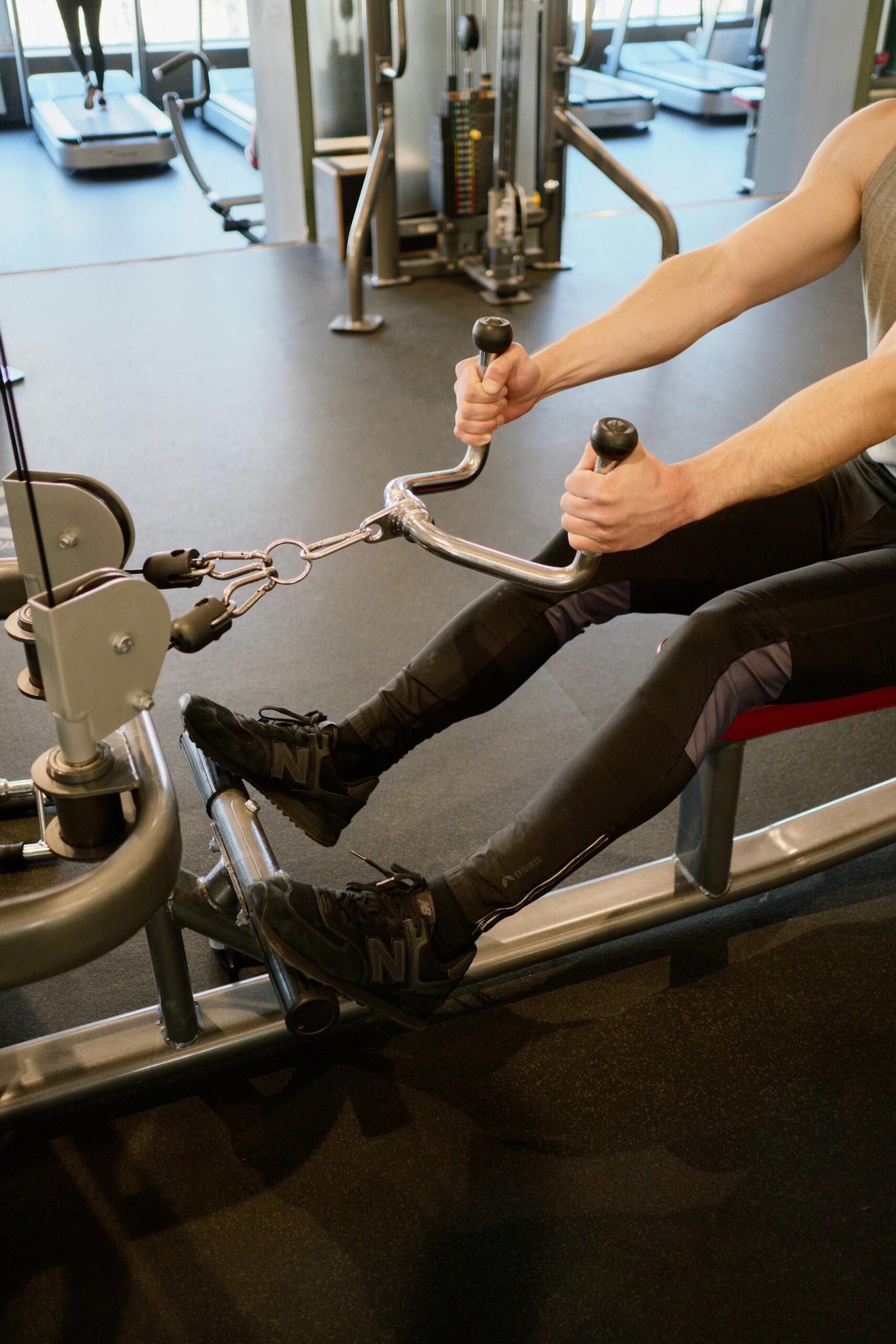Embracing the Power of Hybrid Workouts
In today’s fast-paced world, fitness enthusiasts are constantly seeking efficient and effective workout routines that deliver maximum results without demanding excessive time. Hybrid workouts, which combine strength training with cardiovascular exercises, have emerged as a dynamic solution to this pursuit. These integrated routines not only enhance muscle tone and endurance but also improve metabolic rate and cardiovascular health simultaneously. By blending the benefits of two traditionally separate training styles, hybrid workouts offer an innovative approach that suits a variety of fitness goals and levels. This article will explore the core benefits, structure, and implementation strategies of hybrid workouts to help you understand why this method could be the next transformative step in your fitness journey.
The Synergy of Strength and Cardio
Strength training and cardiovascular workouts have long been viewed as distinct forms of exercise, each targeting different aspects of physical health. Strength sessions focus on building muscle mass, improving bone density, and boosting metabolic function, while cardio exercises enhance heart health, endurance, and calorie burn. Hybrid workouts capitalize on the synergy between these two by integrating them into a single session or routine. This not only saves time but also triggers diverse physiological adaptations. For example, when strength training follows cardio, muscles are primed with increased oxygen flow; conversely, cardio after strength training can improve fat oxidation. This complementary effect helps maximize overall fitness efficiently.
Designing Effective Hybrid Routines
Structuring a hybrid workout demands thoughtful balance to ensure that cardio and strength elements complement rather than compromise each other. A common approach is circuit training, where participants alternate between resistance exercises and high-intensity cardio bursts. For instance, performing squats or push-ups followed by a minute of jump rope or sprinting keeps the heart rate elevated while engaging multiple muscle groups. Another method involves combining compound strength movements like deadlifts or lunges with moderate-intensity steady-state cardio to stimulate endurance without muscle depletion. Proper sequencing, rest intervals, and intensity modulation are key factors that determine the workout’s efficacy. Tailoring these components based on individual goals—whether fat loss, muscle gain, or overall health—is essential.
Physiological and Psychological Benefits
Hybrid workouts offer a multitude of physical benefits beyond the sum of their parts. Physiologically, simultaneously targeting cardiovascular and muscular systems boosts calorie expenditure, enhances insulin sensitivity, and promotes better oxygen utilization. This can accelerate fat loss and improve muscle definition. Psychologically, the varied stimulus prevents boredom and increases motivation to maintain a consistent fitness routine. The challenge of switching between different movement patterns also sharpens mental focus and resilience. Furthermore, hybrid workouts can reduce the risk of overuse injuries by distributing strain across multiple body systems rather than repeating the same motion.
Practical Tips for Incorporating Hybrid Workouts
For those new to hybrid training, starting gradually is crucial to avoid burnout or injury. Begin with shorter sessions that blend basic bodyweight strength exercises with low-impact cardio like cycling or brisk walking. As fitness improves, introduce higher intensities and resistance variations. Utilizing wearable technology can help monitor heart rate zones, ensuring balanced training between anaerobic and aerobic efforts. Additionally, paying attention to recovery, including nutrition and sleep, supports adaptation and progress. Hybrid workouts can be customized to fit home, gym, or outdoor environments, making them accessible to a broad audience.
The Future of Fitness: Why Hybrid Workouts Matter
As fitness trends evolve toward more holistic and time-efficient approaches, hybrid workouts are poised to become a cornerstone of modern training paradigms. Their adaptability suits diverse populations—from athletes seeking cross-functional performance gains to busy professionals aiming for practical health improvements. The broad benefits of combining strength and cardio also align with preventive health strategies, potentially reducing chronic disease risks by improving metabolic and cardiovascular function simultaneously. Embracing hybrid workouts can help individuals unlock greater physical potential while fostering a sustainable and engaging exercise routine that fits into today’s lifestyle demands.
Integrating strength and cardiovascular training into a cohesive workout regimen presents a powerful means of achieving comprehensive fitness. Hybrid workouts leverage the complementary benefits of both exercise types, delivering improved muscle strength, cardiovascular endurance, and metabolic health in less time. Thoughtful program design ensures these elements work synergistically, maximizing efficiency without sacrificing effectiveness. Additionally, the varied stimulus enriches mental engagement and lowers injury risk. By gradually incorporating hybrid sessions with attention to recovery and intensity, anyone can make these workouts a key part of their fitness journey. Ultimately, embracing hybrid workouts offers a forward-thinking approach that meets the diverse needs of modern exercisers and supports long-term health and vitality.
